Overview of Liatris
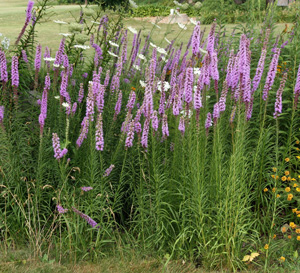
Blazing Star or Gay Feather (Liatris spp.) is a native perennial producing tall spikes of bright purple bottlebrushes above tufts of green, grass-like leaves in late summer. Depending on the species, the clump-forming plant arises from a corm, rhizome or elongated root crown. Small purple flowers open from the top to bottom on spikes, unlike most plants whose flowers open from the bottom upward as spikes develop. Depending on the species or variety and environmental conditions, flower spike height varies from 1 to 5 feet, generally staying very upright and needing no staking, unless grown in very rich, moist soil. The finely textured foliage stays attractive all summer and turns a rich bronze in fall. Liatris is hardy to zone 3.
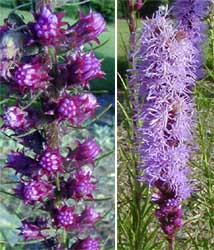
Liatris is in the family Asteraceae. Individual flower blooms have no rays like the typical daisy flower in this group, only fluffy disk flowers that supposedly resemble blazing stars. The genus Liatris is a taxonomically complex group of about 32 species that occur in almost every U.S. state east of the Rocky Mountains and extending into southern Canada and Northern Mexico. Three species are listed (or are candidates for listing) on the Federal Endangered Species List.

At least 13 species and several hybrids are grown as garden plants; the three most common are L. aspera, L. pycnostachya and L. spicata. Liatris aspera (tall or rough blazing star) is native from southwestern Ontario to Minnesota and south to Florida and Texas, where it inhabits dry, sandy fields, dunes, abandoned roads, and railroad embankments. The purple flowers are produced in August, on stems anywhere from 15 inches to 3½ feet tall.
Liatris pycnostachya (prairie blazing star, Kansas gayfeather, or button snakeroot) naturally occurs from Indiana to South Dakota and south to Florida, Louisiana, and Texas. There it typically inhabits damp meadows and tall grass prairie. In August and September it produces purple, rose-purple, or white flowers on spikes are 2 to 5 feet tall. This species is not easy to distinguished from L. spicata.
Liatris spicata is a more eastern species, found from Long Island to Michigan, south to Florida and Louisiana in marshy places and damp meadows. It flowers from July through September on spikes 2 to 5 feet tall.
Landscape Use
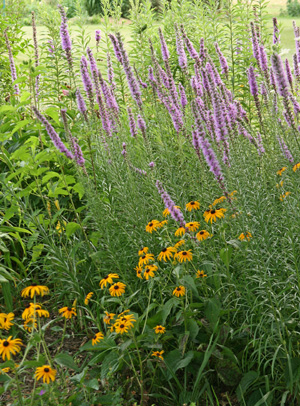
Liatris is a valuable addition to the perennial garden as a vertical contrast to mounded or broad-leaved plants, and is also at home in meadows, native plant gardens or naturalized areas. The purple flowers contrast nicely with yellow-flowered plants such as cosmos, Coreopsis ‘Moonbeam’, goldenrod (Solidago) or Phlomis fruticosa and blend well with pink flowering plants such as Callirhoe (poppy mallow), Malva, and purple coneflower (Echinacea). Liatris also combines well with prairie grasses and silver foliage plants such as Artemesia and Stachys (lamb’s ear) and looks particularly nice in large sweeps or drifts in informal settings but also works well individually in formal gardens.
Flowers are very attractive to butterflies, bees, and other insects and also make great cut flowers, both fresh and dried. For dried flowers, harvest the spikes when one-half to two-thirds of the flowers are open. They can be air-dried (by hanging upside down in a protected spot for about 3 weeks) or by using a desiccant (such as silica-gel or sand) which often preserves blossom color better.
General Care of Liatris
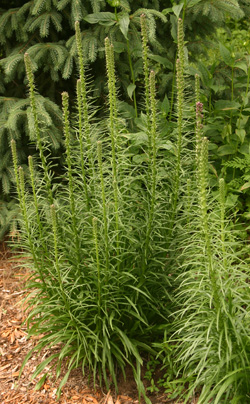
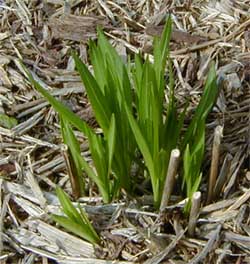
Plant Liatris in full sun and well-drained soil, spacing the plants 12-15 inches apart. Liatris performs best when grown in full sun but it will tolerate some light shade. Liatris will tolerate poor soil, and some types will flop over if grown in too rich of a soil. Container-grown plants are best planted in early spring but also can be planted in early fall. Water regularly during the first growing season to establish a strong root system. Once established, Liatris is fairly drought tolerant.
Good drainage and aeration will enable the plant to survive wet winters. Plants will rot if the soil is too moist. Fertilize before new growth begins in spring.
Liatris does not have any significant insect problems, but is subject to several diseases, including leaf spots (Phyllosticta liatridis and Septoria liatridis), rusts (Coleosporium laciniariae and Puccinia liatridis), stem rot (Sclerotinia sclerotiorum), powdery mildew (Erysiphe cichoracearum), and wilt (Verticillium albo-atrum). Spacing plants to allow for sufficient sunlight and air circulation will help minimize disease problems.
Cultivars of Liatris
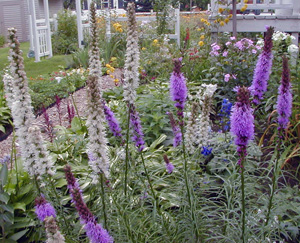
- Alba’ – has pure white flowers about 18 inches tall.
- ‘Callilepsis’ – produces long stems so is a good choice for cut flowers.
- ‘Floristan Violett’ – is a strong-stemmed cultivar favored by professional florists for its thick, violet-hued flower spikes.
- ‘Kobold’ – is a small, compact type with deep purple flower heads. This can be placed at the front of the perennial border.
Propagation of Liatris
Selections of the species are propagated exclusively by corm division and are therefore generally more uniform than plants from seed. However, growth rate from corm division is slow as a consequence named varieties typically cost more than seed-propagated plants.
Liatris can easily be grown from seed. Start indoors or sow directly in the garden in early spring. Seeds should germinate in 20-45 days. Seed germination is improved after 4 to 6 weeks of cold moist stratification or when planted outside in the fall or early winter. Plants generally will not bloom until their second year.
Dig and divide large clumps in the spring just as the leaves are emerging. Separate the corms or cut the tuberous roots with a sharp knife, keeping at least one eye on each division.
– Susan Mahr, University of Wisconsin – Madison
Last Update: Bruce Spangenberg, UW-Madison Extension, 2025

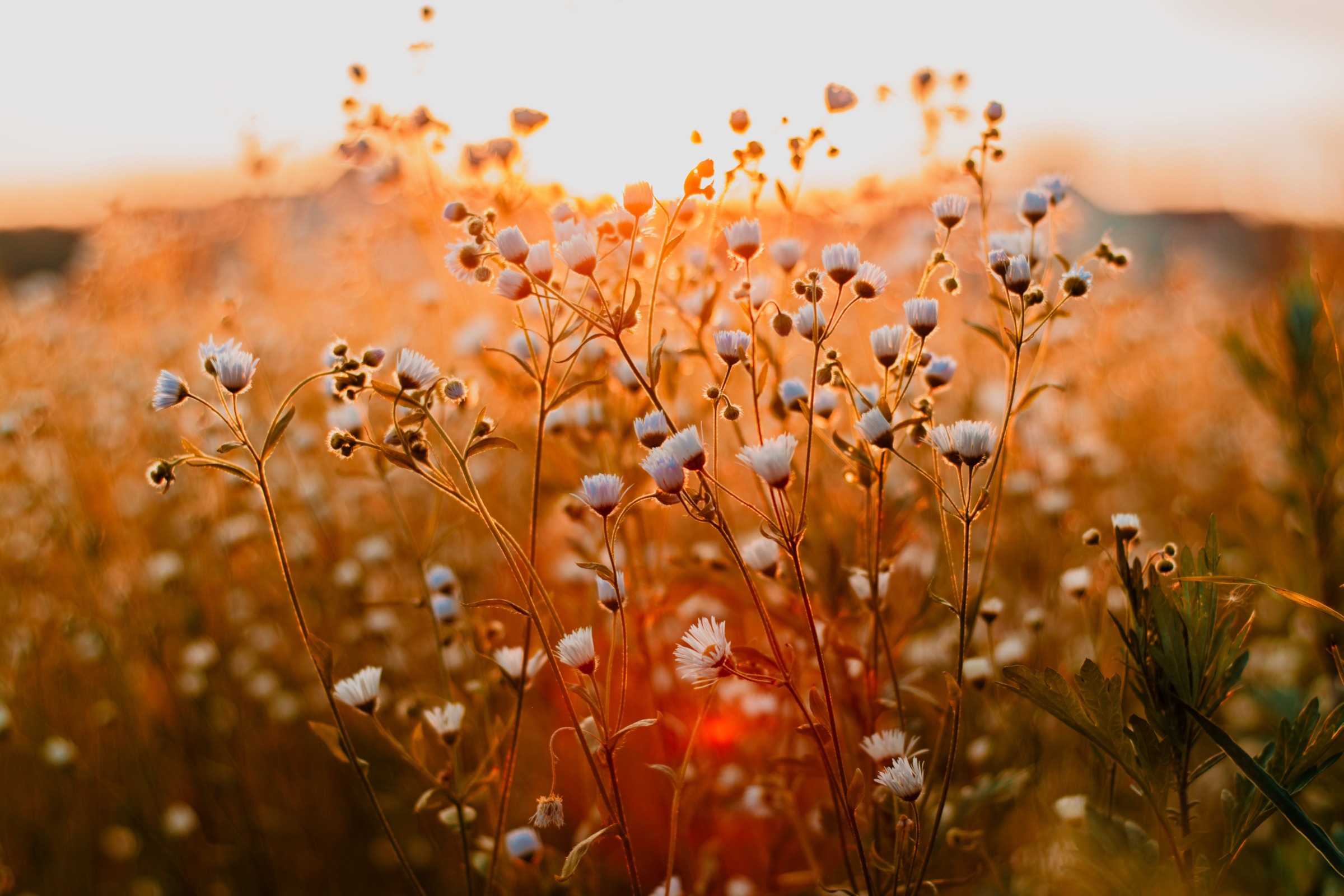
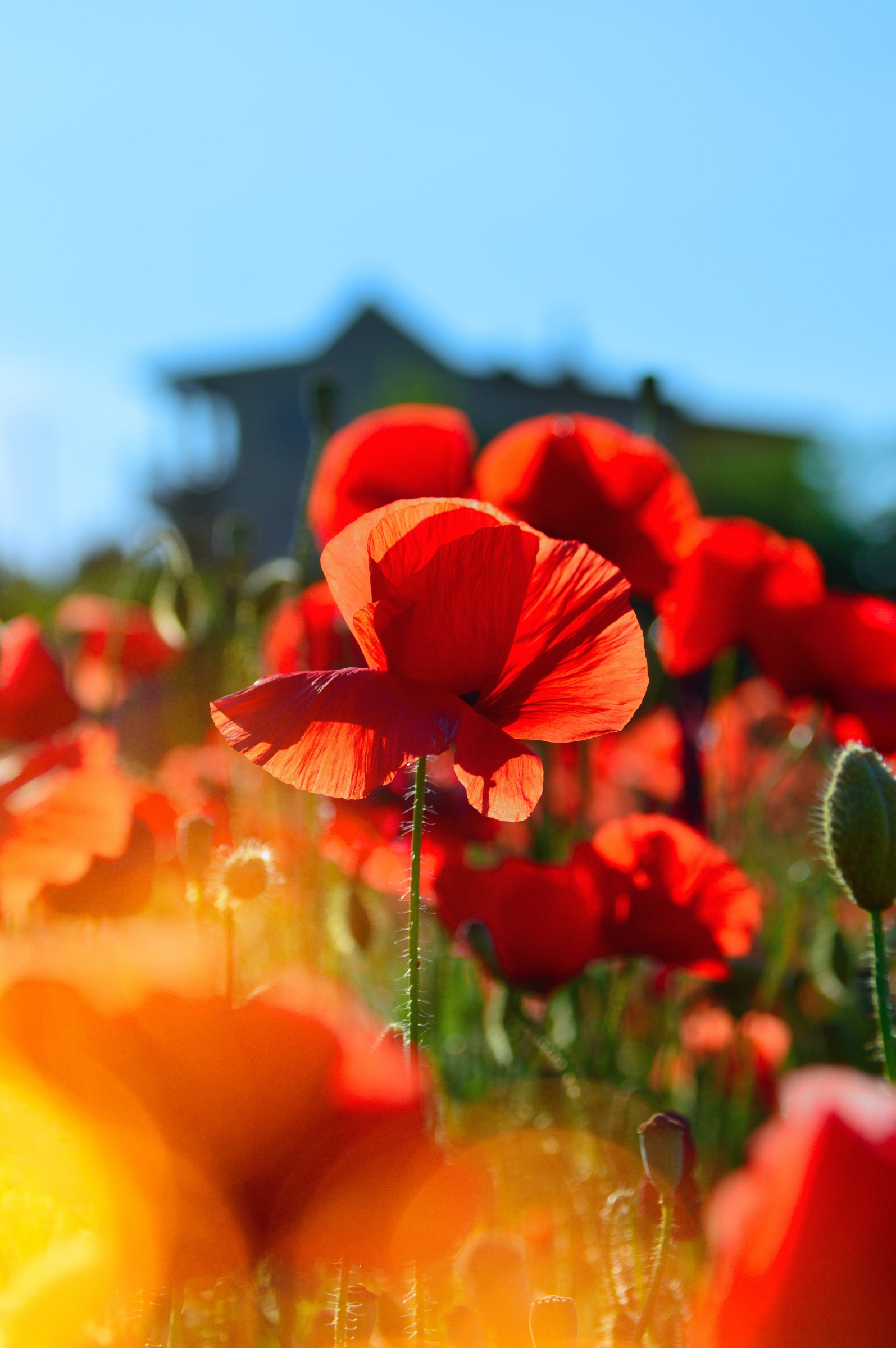
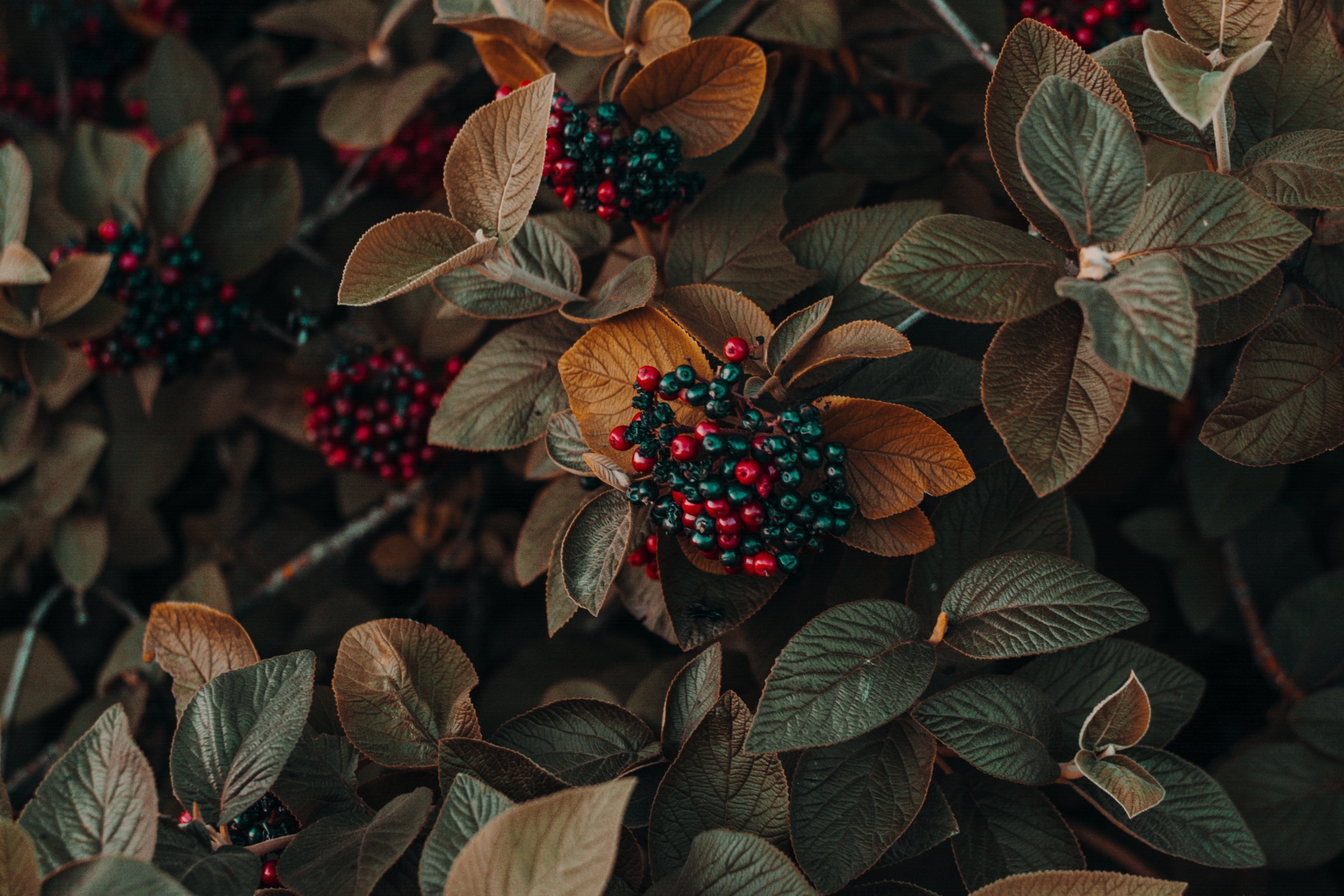
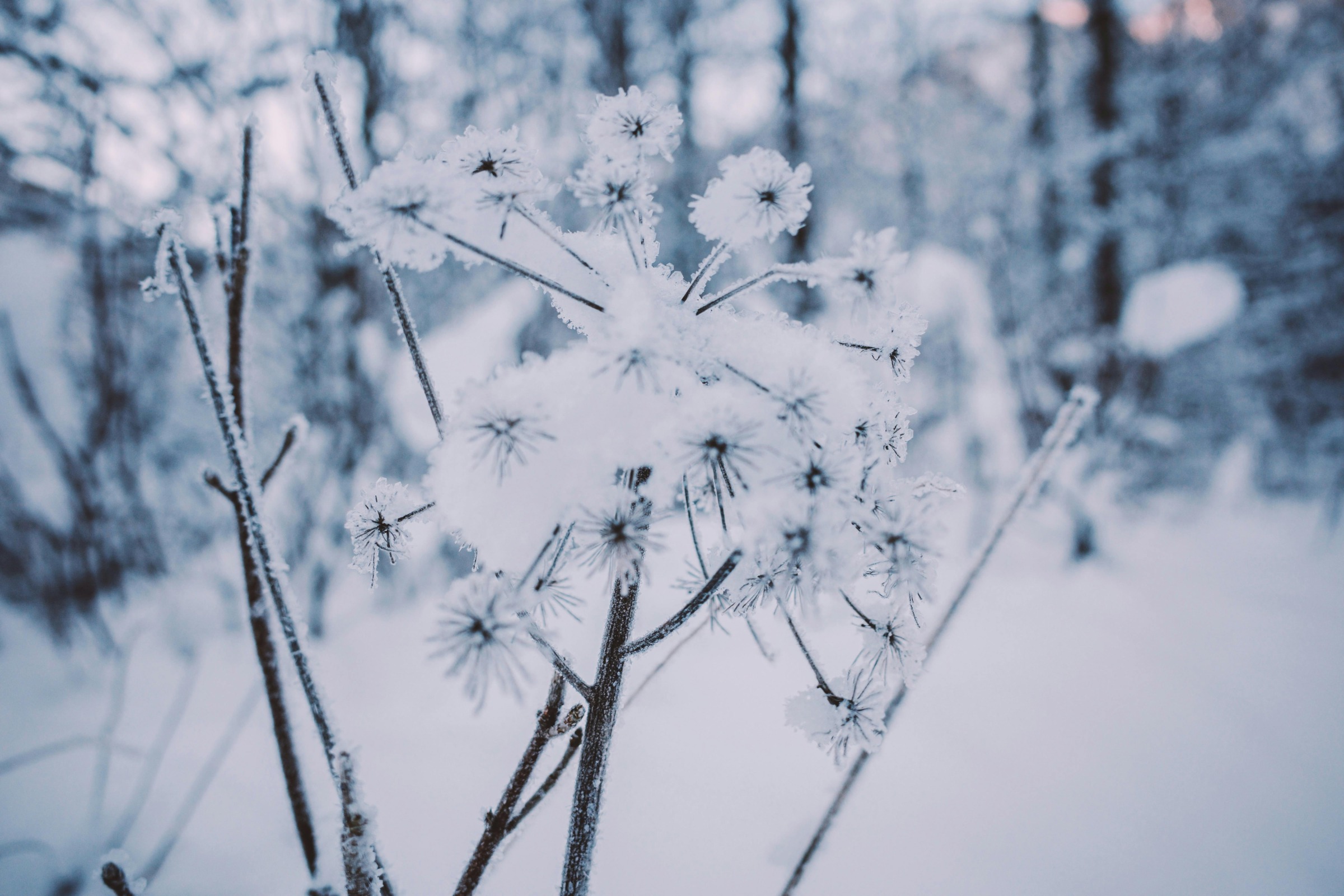
 Aster, Symphyotrichum spp.
Aster, Symphyotrichum spp.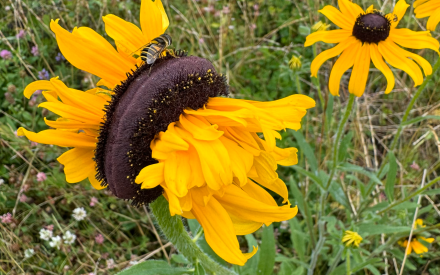 Fascinating Fasciation
Fascinating Fasciation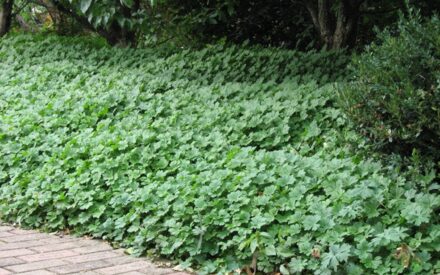 Alternatives to Lawn: Groundcovers
Alternatives to Lawn: Groundcovers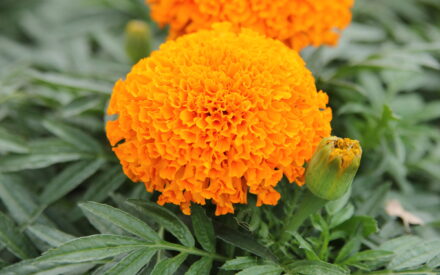 Marigolds
Marigolds


